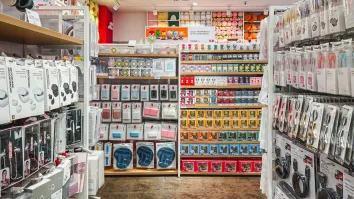
Discount retail, social commerce emerge as key growth drivers in 2025
Strong private label offerings are helping discount retailers grow.
Discount stores and social media platforms are leading retail growth in 2025 as shoppers look for lower prices and more convenient ways to buy, according to a recent report by Euromonitor International.
Discounters, warehouse clubs, and variety stores outperformed other offline retail formats in 2024, and that momentum is continuing into 2025. These low-price channels are benefiting as more middle-income consumers trade down to save money.
Strong private label offerings are helping discount retailers grow. Store brands offer cheaper alternatives to national brands, giving cost-conscious shoppers more reasons to switch. This shift is expanding the customer base for discounters and driving higher sales.
Economic uncertainty continues to boost the appeal of “everyday low prices.” Discount formats are expected to remain one of the few store-based segments to post real growth this year. Retailers are increasing their investment in discount channels, while brand manufacturers face pressure as discounters push for lower supplier prices.
Social media is becoming a major retail channel. Global social commerce sales grew at a CAGR of 39% between 2019 and 2024 and are expected to rise another 22% in 2025.
Platforms like TikTok, Douyin, Instagram, and YouTube are adding marketplace features and shoppable videos, turning social feeds into direct sales channels. ByteDance-owned TikTok and Douyin are leading this shift, combining livestreams, embedded product links, and payment systems to create full shopping ecosystems.
From 2024 to 2029, social commerce sales are expected to grow at a 21% CAGR—three times faster than total e-commerce. As shoppers buy where they scroll, platforms are gaining power over brands. Companies now need to meet platform selling rules and optimise spend on high-performing apps while cutting back on platforms losing user attention.
Discount retail and social commerce are reshaping the industry. Retailers and brands that don’t adapt risk falling behind.

















 Advertise
Advertise








